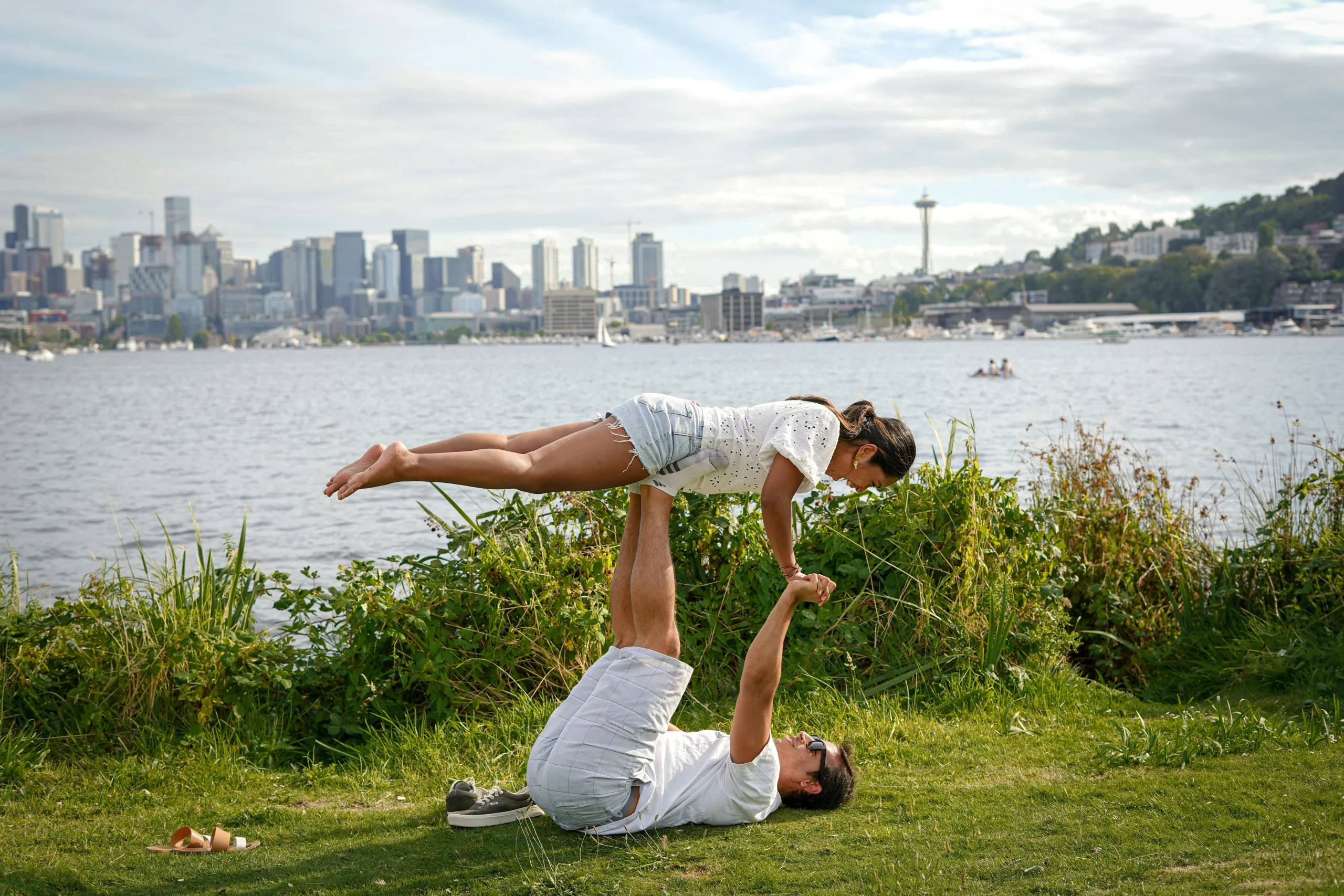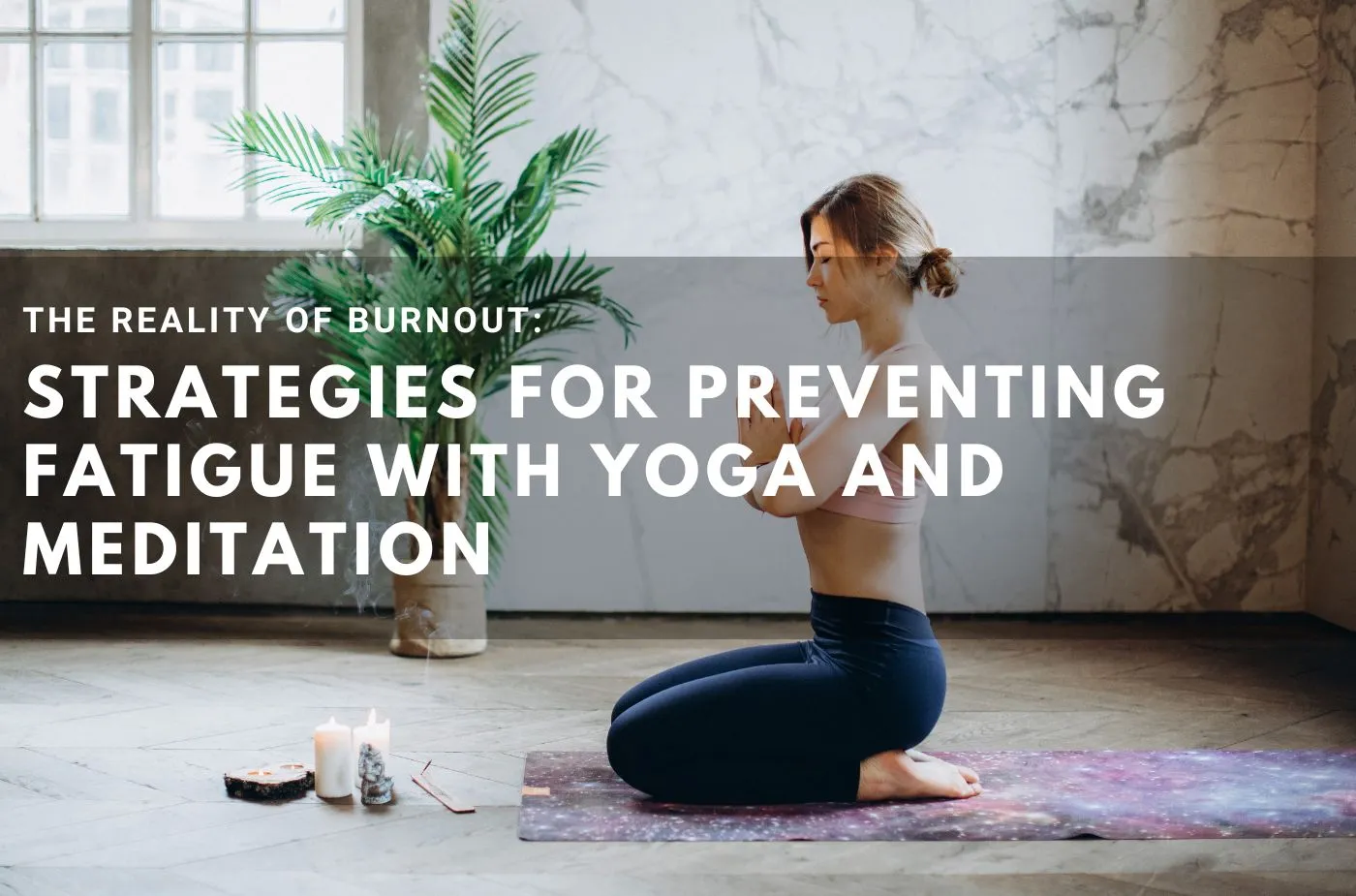Yoga has been known to be an effective technique reflecting on the unity of the body, the spirit, and the soul which in turn brings harmony and physical health. But it is crucial to remember that yoga can also be a means to deepen interpersonal relationships through the use of such elements as the partner poses. Couples yoga offers much more than just an enhanced physical workout but also strengthens the relationship aspects of companionship, trust, and communication. The following are seven couples’ yoga poses that will assist you and your spouse in reaching a new level.
-
Partner Breathing
Even though this is a basic technique, it helps to get into the overall practice mood and is the first exercise. Sit back-to-back with your partner, cross-legged or with legs extended. Close your eyes and begin to synchronize your breath. Feel the rise and fall of your partner’s breath against your back. This exercise promotes a sense of unity and calmness, grounding both partners and aligning their energies.
How to Do It:
- Sit comfortably back-to-back with your partner.
- Close your eyes and take a few deep breaths.
- Start to synchronize your breathing, inhaling and exhaling together.
- Maintain this for a few minutes, focusing on the connection through your breath.
-
Seated Forward Fold
This pose allows you to stretch your hamstrings and lower back while also creating a supportive and trusting environment. Sit facing each other with legs extended and feet touching. Hold each other’s wrists or hands and take turns gently pulling each other forward, deepening the stretch.
How to Do It:
- Sit facing each other with your legs extended and feet touching.
- Hold each other’s wrists or hands.
- One partner gently pulls the other forward into a stretch, holding for a few breaths.
- Switch roles and repeat.
-
Partner Boat Pose
The partner boat pose is excellent for core strength and balance. Sit facing each other, knees bent, and toes touching. Hold each other’s hands and slowly lift your feet off the ground, bringing the soles of your feet together. Balance on your sit bones, engaging your core muscles to maintain stability.
How to Do It:
- Sit facing each other with knees bent and toes touching.
- Hold each other’s hands or wrists.
- Lift your feet off the ground, pressing the soles of your feet together.
- Balance on your sit bones and hold the pose for a few breaths.
-
Double Downward Dog
Double downward dog is a fun and effective way to stretch the entire body while supporting your partner. One partner begins in a traditional downward dog position. The other partner stands facing away from the first partner’s hands, places their hands on the first partner’s lower back, and walks their feet up to the partner’s hips, forming a modified handstand.
How to Do It:
- Partner A starts in a downward dog position.
- Partner B stands facing away from Partner A’s hands, placing their hands on Partner A’s lower back.
- Partner B walks their feet up Partner A’s back until they reach the hips.
- Hold the position, communicating to ensure balance and comfort.
-
Partner Twist
This pose helps to release tension in the spine and shoulders while fostering a sense of unity and support. Sit back-to-back with your partner, legs crossed. Reach your right hand to your partner’s left knee and your left hand to your own right knee. Twist gently, using each other for support.
How to Do It:
- Sit back-to-back with legs crossed.
- Reach your right hand to your partner’s left knee and your left hand to your right knee.
- Twist gently, using each other for support.
- Hold for a few breaths, then switch sides.
-
Flying Bow Pose
This advanced pose requires trust and communication. One partner lies on their back with legs lifted, knees bent. The other partner stands at the base partner’s feet and leans forward, placing their hips on the base partner’s feet. As the base partner extends their legs, the flying partner lifts into a bow pose, supported by the base partner’s feet.
How to Do It:
- Partner A lies on their back with legs lifted and knees bent.
- Partner B stands at the base of Partner A’s feet, leaning forward to place hips on Partner A’s feet.
- Partner A extends their legs, lifting Partner B into a bow pose.
- Hold the pose, ensuring constant communication for balance and comfort.
-
Partner Savasana
End your practice with partner savasana to fully relax and absorb the benefits of your practice. Lie down side by side or with heads touching. Close your eyes, relax your body, and focus on your breath. This final pose allows you to rest and connect with your partner on a deeper, more meditative level.
How to Do It:
- Lie down side by side or with heads touching.
- Close your eyes and relax your body.
- Focus on your breath and the presence of your partner.
- Stay in this pose for several minutes, allowing your body and mind to fully relax.
Benefits of Partner Yoga
Practicing yoga with a partner offers numerous benefits beyond the physical. It enhances communication, as partners must constantly check in with each other to ensure comfort and safety. It builds trust, as many poses require one partner to support the other physically. Additionally, partner yoga fosters a sense of playfulness and joy, making the practice more enjoyable and engaging.
Tips for Practicing Partner Yoga
- Communicate: Always communicate with your partner about how each pose feels. Let them know if something is uncomfortable or if you need to adjust.
- Be Patient: Some poses may take time to master. Be patient with yourself and your partner.
- Stay Present: Focus on the moment and the connection with your partner. Avoid distractions.
- Have Fun: Enjoy the process and have fun with your partner. Laughter and smiles can enhance the experience.
Conclusion
Partner yoga is a beautiful way to deepen your practice while connecting with someone you care about. These seven poses provide a foundation for exploring the benefits of practicing yoga together. Whether you’re looking to enhance your physical fitness, improve your communication, or simply enjoy a fun and relaxing activity with your partner, partner yoga offers a unique and rewarding experience. So grab a partner, roll out your mats, and embark on a journey of connection and well-being through yoga for two.






3 thoughts on “Yoga for Two: 7 Partner Poses for a Deeper Connection”